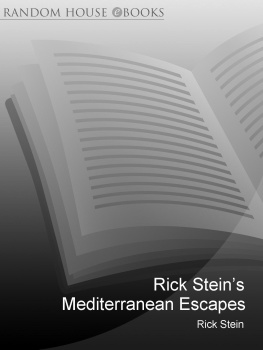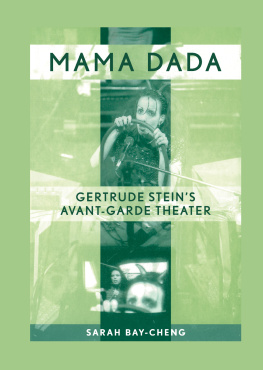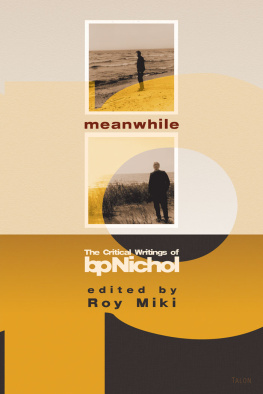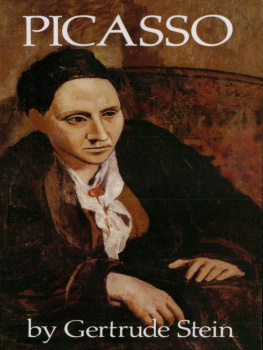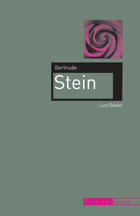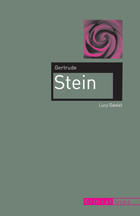1
Contexts
IT ISNT EASY TO FOLLOW Gertrude Steins stylistic evolution over the decades. Too much material exists in too many scattered editions. There is no equivalent to Fabers The Complete Poems and Plays of T. S. Eliot (2011) for her. Teeming with indeterminate articles, prepositions, coordinating conjunctions, pronouns, and split infinitives, Steins early repetitive mode
Efforts to more comprehensively reconstruct the authors stylistic progressionor just win her more airtime in university and high school classroomscontinue. But Steins political legacy remains another matter. In the past decade and a half, the rhetorical excesses belonging to Steins hagiographic readings have been compounded by what can only be called an undiscriminating backlash against her bad WWII behavior. The pendulum keeps swinging to extremes, hinting at the critics ongoing dilemma of treading that fine line between overstating a writers moral triumphs (as manifested in the sympathies elicited by this-that literary content) and taking him or her to task for personal failures offstage. Both poles miss the point of what art is: something neither necessarily begotten from an upstanding citizen nor drafted for the explicit purpose of moral instruction. It remains wearisome that some readers still expect the writer to impart feel-good wisdoms, but to indulge in the level of moralizing regarding Steins wartime activities that the New Yorkers Emily Greenhouse does in Gertrude Stein and Vichy: The Overlooked History (2012) and Why Wont the Met tell the Whole Truth about Gertrude Stein? (2012) reiterates the importance of critical discretion.
In private confidence Stein may have described herself as a Jew, orthodox to her young admirer Samuel Stewarda pen pal who became a close friend, and who transitioned from being a full-time English academic to a tattoo artist-cum-pornographic writerbut her relative public silence on the Holocaust and friendship with Nazi collaborator Bernard Fa continue to perturb a number of readers. For that reason, one suspects, the way in which Steins complicated Jewish sympathies inform the tenor and subject of her later worksbetter yet, the way these texts reveal a surrealist sensibility enmeshed in her war-born anxieties (not least of which arose from a dread of anti-Semitism)hasnt been canvassed at length. Fueled by scholarship in the vein of Barbara Wills Unlikely Collaboration: Gertrude Stein, Bernard Fa, and the Vichy Dilemma (2011) and Janet Malcolms Two Lives: Gertrude and Alice (2007), the unease surrounding Steins political bent during the Second World War has escalated to the proportion that Stein faces recurring charges of Nazi collaborationism today. Such pronouncements, in turn, raise the question of whether she qualifies as a collaborationist and how far that term can be stretched in a world where death thrives in casual abundance.
Greenhouses name was mentioned earlier because she encourages the public to pursue a well-meaning, if misguided, retroactive justice. When the exhibition The Steins Collect opened at the Metropolitan Museum of Art in 2012, Greenhouse reports, a group petitioned to have what they believed to be Steins pro-Vichy efforts highlighted in the display itself. If Stein is deemed a collaborationist, then virtually anyone in France at the time could be as well.
Coming full circle, one reiterates: few sources cover Steins surrealist gestures in detail, much less situate them against her WWII experiences. What allusions exist are fleeting, usually affirming Steins interest in writing from alternative psychedelic states (although she denied relying on psychic automatism) or in reinvigorating perceptual experience from the ground up. In Gertrude Stein and the Modernist Canon (1988), Marianne DeKoven points out, Although Stein rejects both the Freudian subconscious and the idea of automatic writing, and in that sense is anti-surrealist, she does see her writing as proceeding from a state of trance or meditation, and therefore from depths of the mind which are capable of purer, more profound vision than the shallows of normal consciousness.), but taking pains to mention that her cross-sensory associations exude a surrealist aura, one belying her distaste for surrealism per se:
Surrealism never did interest me, she reported, and she remembered that when she and Dal talked, neither of us listened very much to one another. If Dal was a bore, Tzara seemed like a pleasant and not very exciting cousin. But even in her expressions of distaste for surrealists and surrealism and automatic writing, it is possible to notice certain surrealist habits of thought. The notion that poetry is addressed to the eye and painting to the ear is exactly the sort of sensory switching that the surrealists cultivated. If her jingles are eye jingles, if her repetitions are to be enjoyed as recurrences in a visual schema on the page, if her anti-linear, sometimes asyntactic sentences force the eye to keep doubling back on words already read but not yet construedthen Stein might say, in the words of the discarded title for the calligrams, Me, Im a painter too. Stein is a surrealist not in the Breton or Dal tradition, but in the Apollinaire traditionexcept that some of Steins experiments in shaped verbal textures predated Apollinaires.
Finally, those such as Will (in an earlier workGertrude Stein, Modernism, and the Problem of Genius [2000]) and William Wasserstrom (The Sursymamericubealism of Gertrude Stein [1975]) claim Stein under the surrealist If, according to Shklovsky, repeated exposure to objects dulls their sensuous immediacy for us, Steins near-automatic writing (near in semblance, not intent) disrupts such perceptual automatization. In the eyes of Will and Wasserstrom, surrealism, a style of thinking Stein practiced despite her protests, lies at the heart of modernism, sharing many of modernisms heroic conceptual ambitions.
It is impossible to speak of surrealism without speaking of war, the most concretely realized macrocosm for nihilistic bodily excesses prohibited (and largely unimaginable) in broad daylight. War in Steins era posed one of the few contexts where Andr Bretons dictum of a man cut in two by the window



